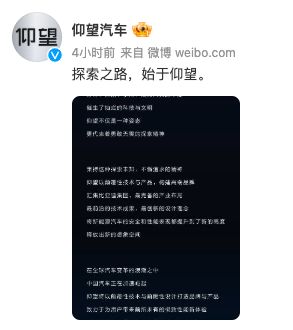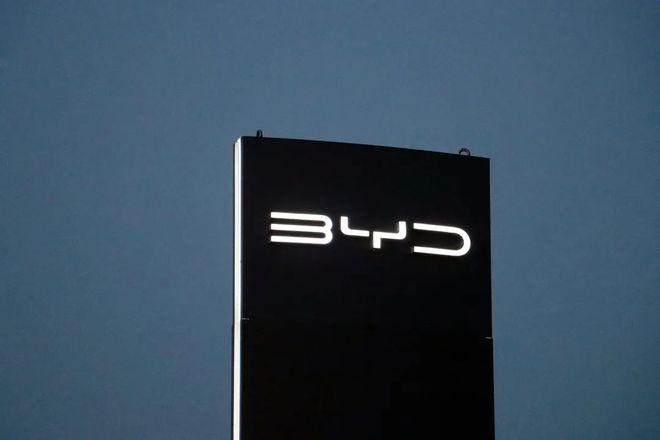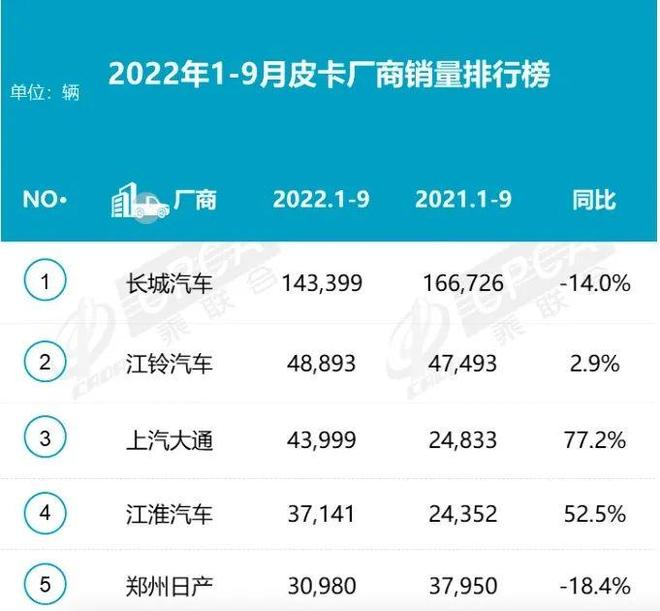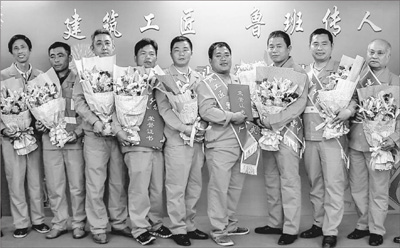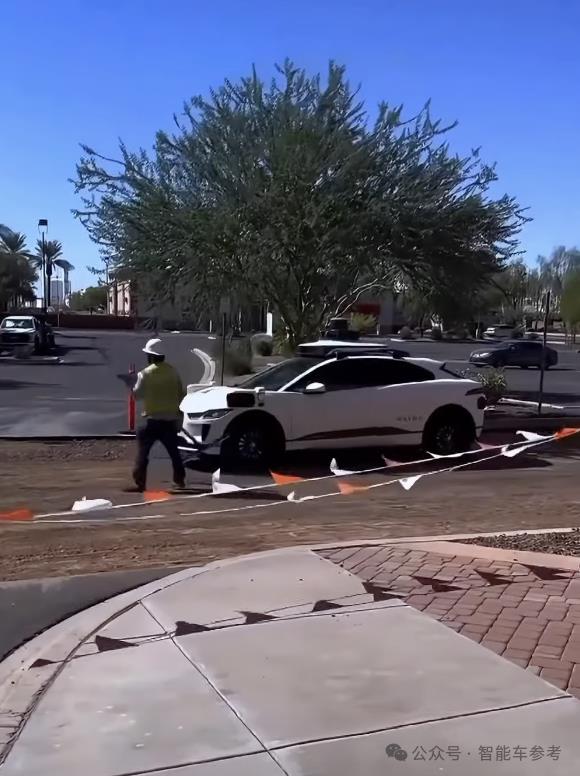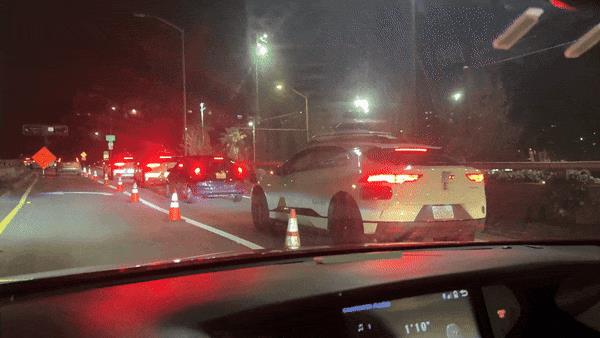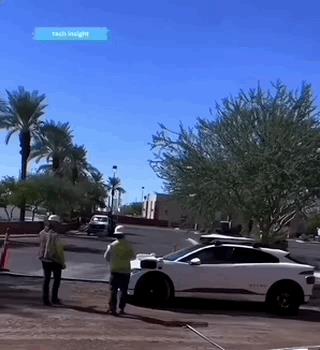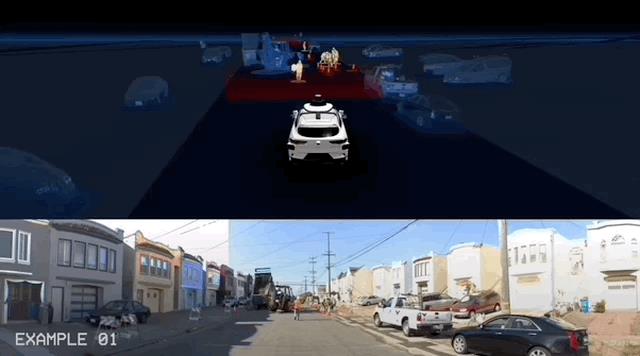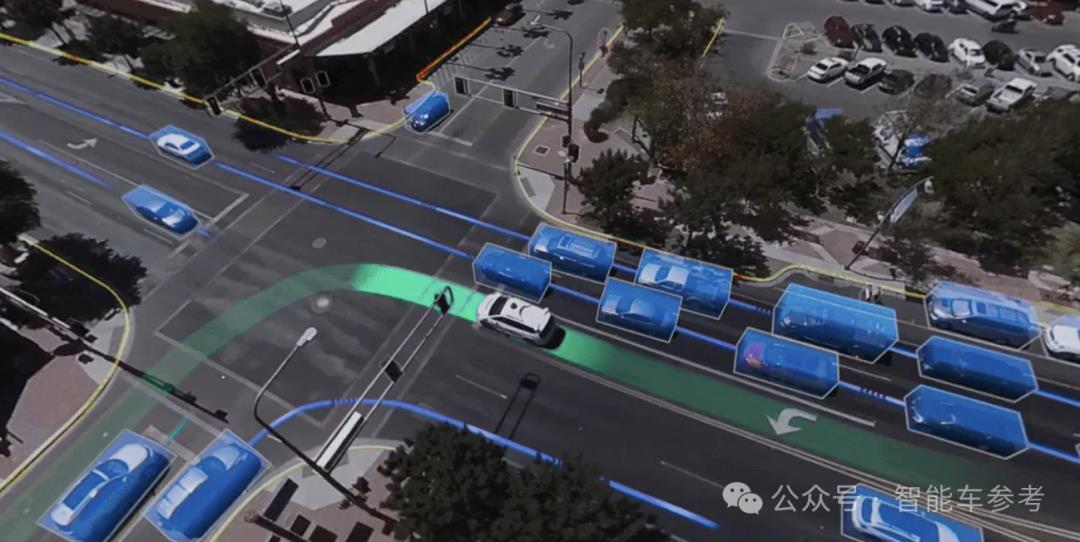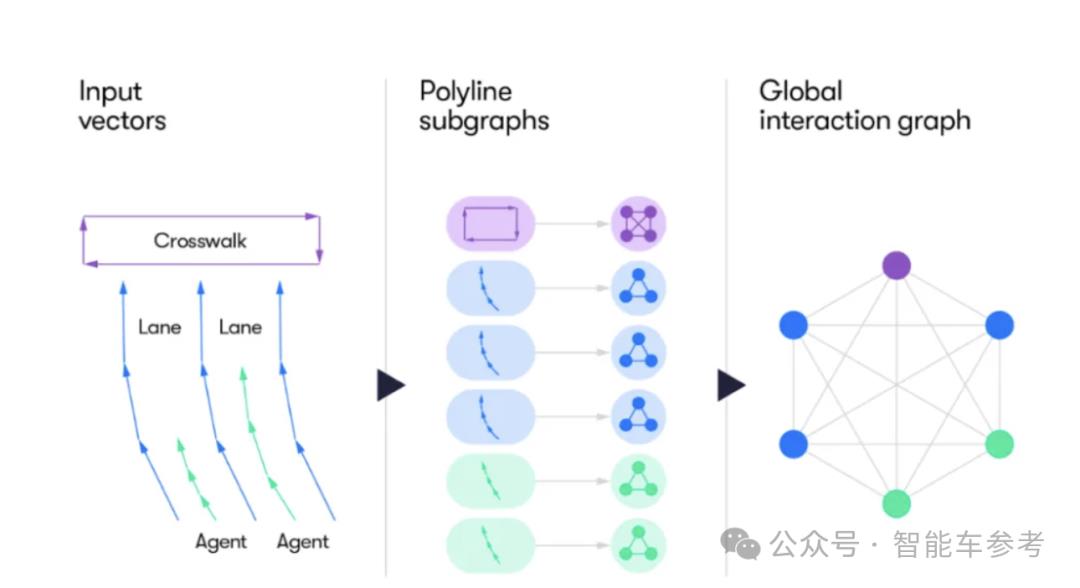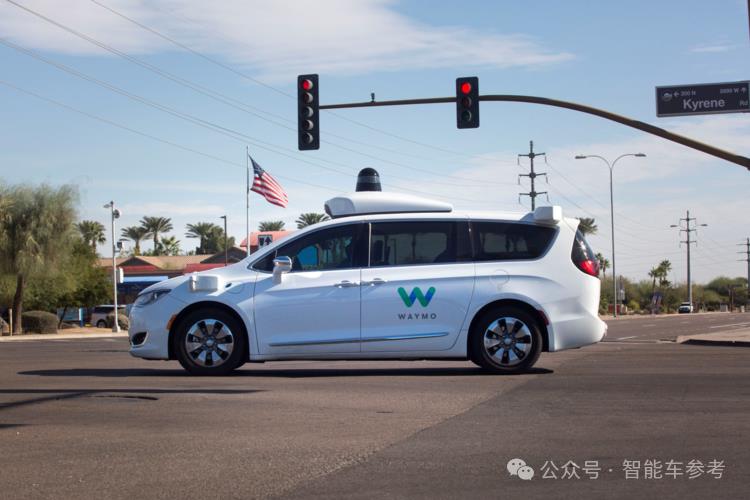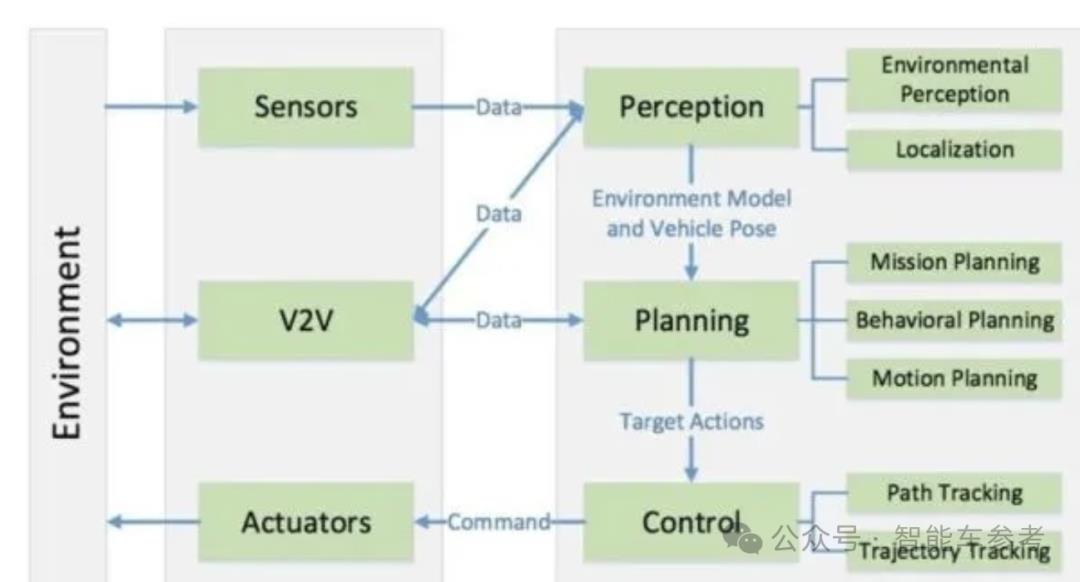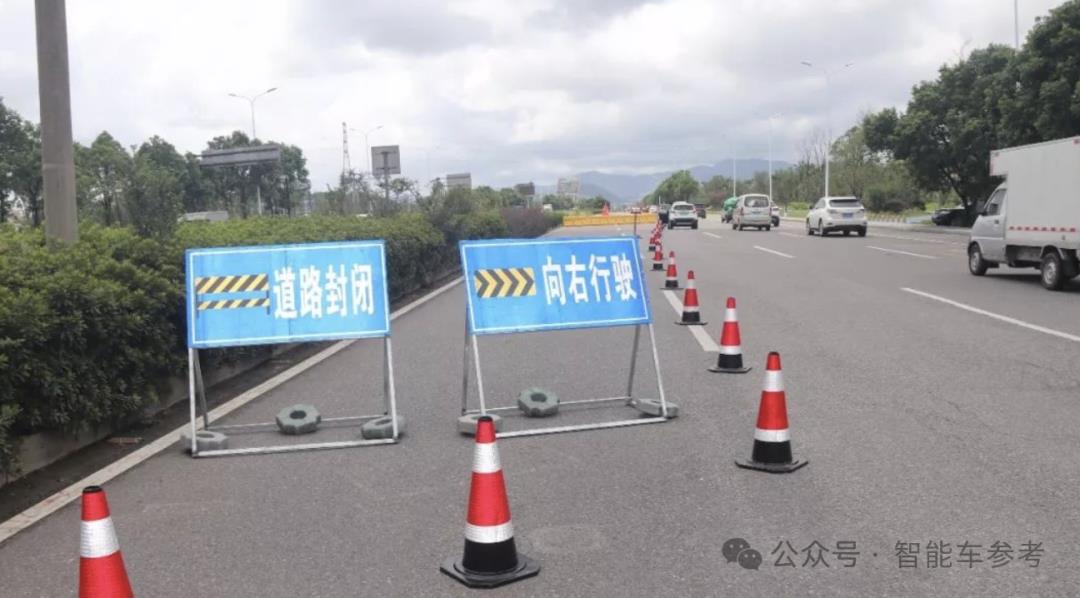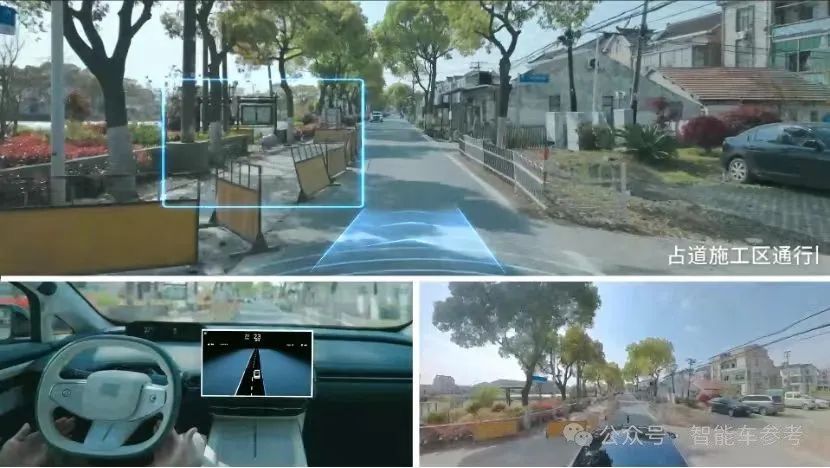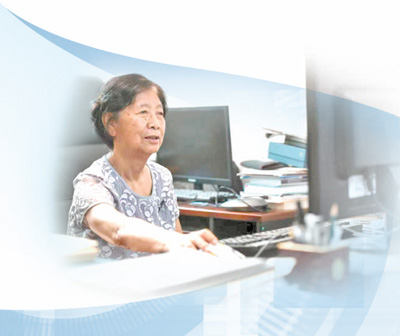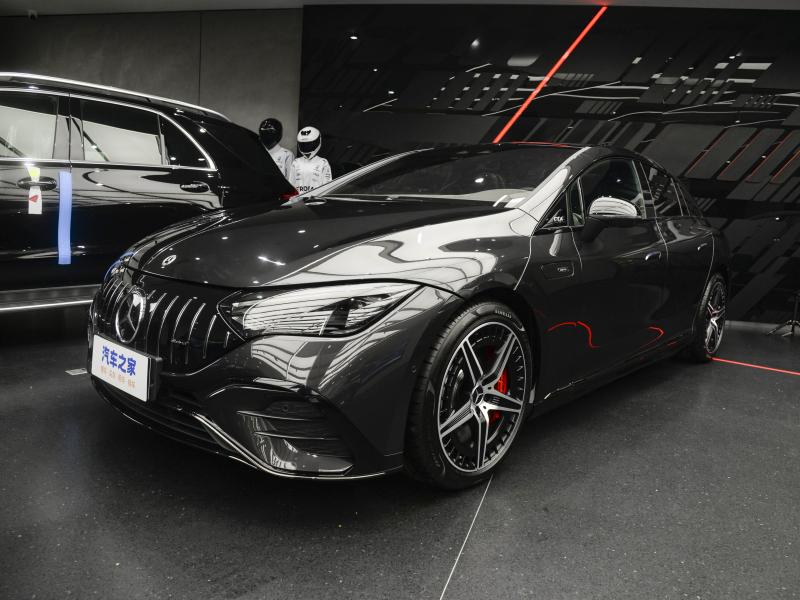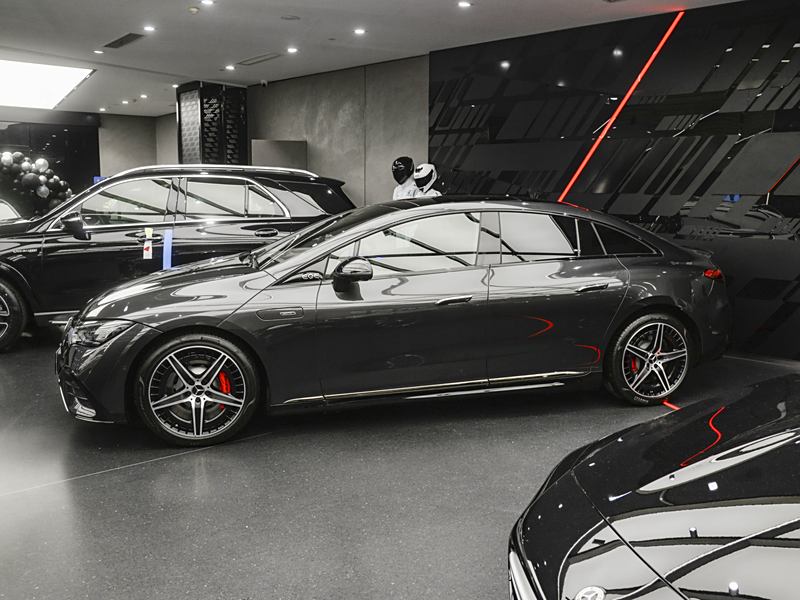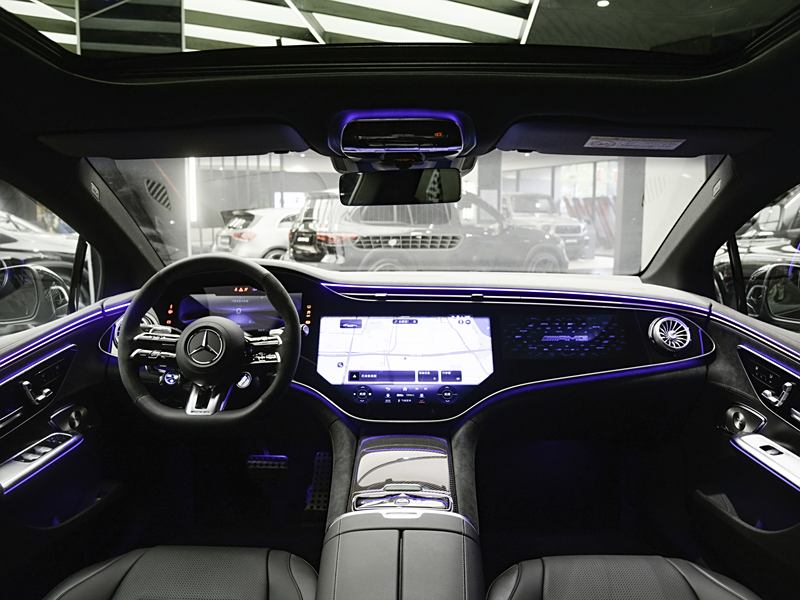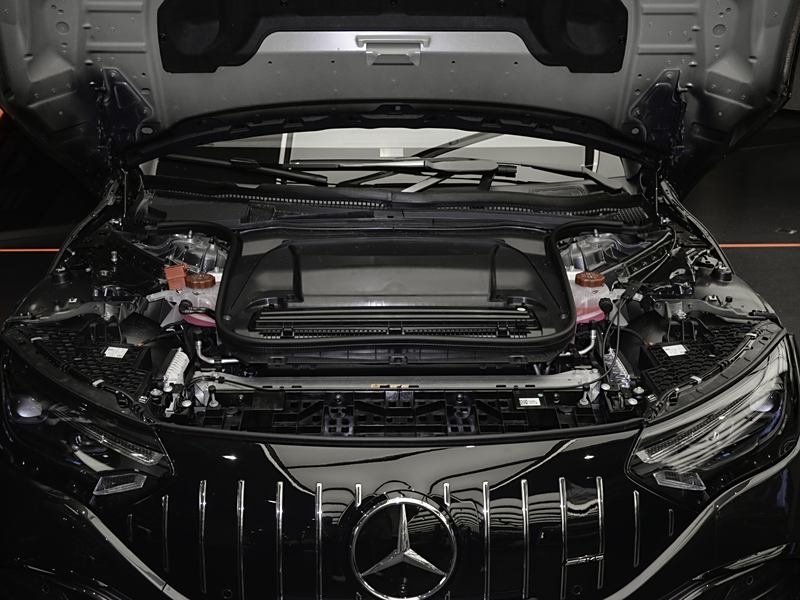Order of People’s Republic of China (PRC) Ministry of Construction
No.128
The "Regulations" on the administration of safety production license of construction enterprises have been discussed and passed at the 37th executive meeting of the Ministry on June 29, 2004, and are hereby promulgated and shall come into force as of the date of promulgation.
Minister Wang Guangtao
July 5, 2004
Provisions on the administration of safety production license of construction enterprises
Chapter I General Provisions
Article 1 In order to strictly regulate the safety production conditions of construction enterprises, further strengthen the supervision and management of safety production, and prevent and reduce production safety accidents, these Provisions are formulated in accordance with the Regulations on Safety Production License, the Regulations on Safety Production Management of Construction Projects and other relevant administrative regulations.
Article 2 The State implements a safety production license system for construction enterprises.
A construction enterprise shall not engage in construction activities without obtaining a safety production license.
The term "construction enterprises" as mentioned in these Provisions refers to enterprises engaged in civil engineering, construction engineering, installation of lines, pipelines and equipment, and the construction, expansion, reconstruction and demolition of decoration projects.
Article 3 The competent construction department of the State Council is responsible for the issuance and management of safety production licenses for construction enterprises under the central management.
The competent construction departments of the people’s governments of provinces, autonomous regions and municipalities directly under the Central Government shall be responsible for the issuance and management of safety production licenses for construction enterprises other than those specified in the preceding paragraph within their respective administrative areas, and accept the guidance and supervision of the competent construction departments of the State Council.
The construction administrative department of the people’s government of the city or county shall be responsible for the supervision and management of the safety production license of construction enterprises within their respective administrative areas, and shall report the illegal acts of enterprises found in the supervision and inspection to the administrative organ for issuing safety production licenses in a timely manner.
Chapter II Conditions for Safe Production
Article 4 To obtain a safety production license, a construction enterprise shall meet the following conditions for safety production:
(a) establish and improve the responsibility system for production safety, and formulate complete rules and regulations and operating procedures for production safety;
(two) the investment of funds needed to ensure the safe production conditions of the unit;
(three) the establishment of safety management institutions, in accordance with the relevant provisions of the state with full-time safety management personnel;
(four) the main person in charge, the person in charge of the project, and the full-time safety production management personnel have passed the examination by the competent construction department or other relevant departments;
(five) special operations personnel have passed the examination by the relevant competent departments and obtained the qualification certificate for special operations;
(six) management personnel and operating personnel at least once a year to carry out safety education and training and pass the examination;
(seven) to participate in work-related injury insurance in accordance with the law, to handle accidental injury insurance for personnel engaged in dangerous operations on the construction site in accordance with the law, and to pay insurance premiums for employees;
(eight) the office, living area and workplace of the construction site and the safety protection appliances, machinery and equipment, construction machines and accessories meet the requirements of relevant laws, regulations, standards and regulations on safety in production;
(nine) there are measures for the prevention and control of occupational hazards, and the operators are equipped with safety protective equipment and safety protective clothing that meet the national standards or industry standards;
(ten) there are preventive and monitoring measures and emergency plans for the parts and links that are prone to major accidents in the dangerous partial projects and construction sites;
(eleven) there are emergency rescue plans for production safety accidents, emergency rescue organizations or emergency rescue personnel, equipped with necessary emergency rescue equipment and equipment;
(twelve) other conditions stipulated by laws and regulations.
Chapter III Application and Issuance of Safety Production License
Article 5 Before engaging in construction activities, a construction enterprise shall apply to the competent construction department at or above the provincial level for a safety production license in accordance with these Provisions.
Construction enterprises (group companies and head offices) under the central management shall apply to the competent construction department of the State Council for a safety production license.
Other construction enterprises other than those specified in the preceding paragraph, including those under the central management of construction enterprises (group companies and head offices), shall apply to the competent construction departments of the people’s governments of provinces, autonomous regions and municipalities directly under the Central Government where the enterprises are registered to obtain safety production licenses.
Article 6 When applying for a safety production license, a construction enterprise shall provide the following materials to the competent construction department:
(a) the application form for the safety production license of the construction enterprise;
(2) Business license of enterprise as a legal person;
(3) Relevant documents and materials as stipulated in Article 4.
When applying for a safety production license, a construction enterprise shall be responsible for the authenticity of the substantive contents of the application materials, and shall not conceal relevant information or provide false materials.
Seventh construction departments shall complete the examination within 45 days from the date of accepting the application of construction enterprises; If it meets the conditions for safe production after examination, a safety production license shall be issued; Do not meet the conditions for safe production, shall not issue a safety production license, notify the enterprise in writing and explain the reasons. The enterprise shall carry out rectification from the date of receiving the notice, and can apply again after the rectification is qualified.
The competent department of construction may solicit the opinions of the relevant departments of railway, transportation and water conservancy when examining the application for safety production license of construction enterprises, which involves relevant professional projects such as railway, transportation and water conservancy.
Article 8 The validity period of the safety production license is 3 years. If the expiration of the safety production license needs to be extended, the enterprise shall apply to the original safety production license issuing management authority for extension three months before the expiration.
During the period of validity of the safety production license, the enterprise strictly abides by the relevant laws and regulations on safety production. If there is no fatal accident, when the safety production license expires, it will not be reviewed with the consent of the original safety production license issuing management authority, and the validity period of the safety production license will be extended for 3 years.
Article 9 If a construction enterprise changes its name, address, legal representative, etc., it shall, within 10 days after the change, go through the formalities for changing the safety production license at the original safety production license issuing authority.
Article 10 Where a construction enterprise goes bankrupt, closes down or is cancelled, it shall return the safety production license to the original safety production license issuing authority for cancellation.
Article 11 If a construction enterprise loses its safety production license, it shall immediately report to the original safety production license issuing authority and declare it invalid in the public media before applying for a replacement.
Article 12 The application form for safety production license shall adopt the unified style stipulated by the Ministry of Construction.
The safety production license adopts the unified style stipulated by the safety production supervision and management department of the State Council.
The safety production license is divided into original and duplicate, which have the same legal effect.
Chapter IV Supervision and Administration
Thirteenth people’s governments at or above the county level shall strengthen the supervision and management of the safety production license of construction enterprises. When examining and issuing construction permits, the competent construction department shall examine whether the identified construction enterprises have safety production licenses, and shall not issue construction licenses if they have not obtained safety production licenses.
Article 14 If a construction enterprise engaging in construction activities across provinces violates these provisions, the competent construction department of the provincial people’s government where the project is located shall copy the illegal facts, treatment results and treatment suggestions of the construction enterprise in the local area to the original safety production license issuing and management authority.
Fifteenth construction enterprises shall not reduce the conditions for safe production after obtaining the safety production license, and shall strengthen the daily safety production management and accept the supervision and inspection of the competent construction department. Where the administrative organ issuing the safety production license finds that the enterprise no longer meets the conditions for safety production, it shall temporarily suspend or revoke the safety production license.
Article 16 The administrative organ for issuing safety production licenses or its superior administrative organ may revoke the issued safety production licenses if it finds any of the following circumstances:
(a) the staff of the administrative organ for the issuance of safety production licenses abuse their powers and neglect their duties to issue safety production licenses;
(two) beyond the statutory authority to issue a safety production license;
(3) Issuing a safety production license in violation of legal procedures;
(four) the issuance of safety production licenses to construction enterprises that do not have the conditions for safe production;
(five) other circumstances in which the issued safety production license can be revoked according to law.
If the safety production license is revoked in accordance with the provisions of the preceding paragraph, and the legitimate rights and interests of the construction enterprise are damaged, the competent construction department shall make compensation according to law.
Article 17 The administrative organ for issuing safety production licenses shall establish and improve the archives management system of safety production licenses, regularly announce to the public the situation of enterprises obtaining safety production licenses, and report the issuance and management of safety production licenses of construction enterprises to the safety production supervision and management departments at the same level every year.
Article 18 Construction enterprises shall not transfer, falsely use or use forged safety production licenses.
Article 19 In the issuance, management, supervision and inspection of the safety production license, the staff of the competent construction department shall not ask for or accept the property of the construction enterprise, nor seek other benefits.
Twentieth any unit or individual in violation of the provisions of the act, have the right to report to the safety production license issuing management organ or the supervisory organ and other relevant departments.
Chapter v penalties
Twenty-first in violation of the provisions, the construction department staff has one of the following acts, given administrative sanctions of demotion or dismissal; If the case constitutes a crime, criminal responsibility shall be investigated according to law:
(1) Issuing a safety production license to a construction enterprise that does not meet the conditions for safe production;
(two) found that the construction enterprise engaged in construction activities without obtaining the safety production license according to law, and did not deal with it according to law;
(three) it is found that the construction enterprise that has obtained the safety production license no longer has the conditions for safe production and does not deal with it according to law;
(four) after receiving the report of the violation of these provisions, it is not handled in time;
(five) in the issuance, management, supervision and inspection of safety production licenses, soliciting or accepting the property of construction enterprises, or seeking other benefits.
Due to the construction enterprise fraud, resulting in the preceding paragraph (a) behavior, the construction department staff will not be punished.
Twenty-second construction enterprises that have obtained the safety production license shall temporarily suspend the safety production license and make rectification within a time limit in case of major safety accidents.
Twenty-third construction enterprises no longer have the conditions for safe production, temporarily suspend the safety production license and make rectification within a time limit; If the circumstances are serious, the safety production license shall be revoked.
Twenty-fourth in violation of the provisions, construction enterprises engaged in construction activities without obtaining a safety production license, shall be ordered to stop the construction of the project under construction, confiscate the illegal income, and impose a fine of 100 thousand yuan to 500 thousand yuan; If a serious safety accident or other serious consequences are caused and a crime is constituted, criminal responsibility shall be investigated according to law.
Article 25 Whoever, in violation of these regulations, continues to engage in construction activities without going through the extension formalities upon the expiration of the safety production license, shall be ordered to stop the construction of the project under construction, complete the extension formalities within a time limit, confiscate the illegal income and impose a fine of not less than 50,000 yuan but not more than 100,000 yuan; Those who fail to go through the extension formalities within the time limit and continue to engage in construction activities shall be punished in accordance with the provisions of Article 24 of these Provisions.
Twenty-sixth in violation of the provisions of this regulation, the construction enterprise transfers the safety production license, confiscate the illegal income, impose a fine of 100 thousand yuan and 500 thousand yuan, and revoke the safety production license; If the case constitutes a crime, criminal responsibility shall be investigated according to law; Those who accept the transfer shall be punished in accordance with the provisions of Article 24 of these Provisions.
Whoever fraudulently uses a safety production license or uses a forged safety production license shall be punished in accordance with the provisions of Article 24 of these Provisions.
Twenty-seventh in violation of the provisions of this regulation, the construction enterprise conceals the relevant information or provides false materials to apply for a safety production license, which shall not be accepted or issued, and shall be given a warning, and shall not apply for a safety production license within one year.
If a construction enterprise obtains a safety production license by cheating, bribery or other improper means, it shall revoke the safety production license and may not apply for a safety production license again within 3 years; If a crime is constituted, criminal responsibility shall be investigated according to law.
Twenty-eighth the provisions of the administrative punishment of withholding or revoking the safety production license shall be decided by the administrative organ issuing the safety production license; Other administrative penalties shall be decided by the competent construction department of the local people’s government at or above the county level.
Chapter VI Supplementary Provisions
Twenty-ninth construction enterprises that have been engaged in construction activities according to law before the implementation of these Provisions shall apply to the competent construction department for the safety production license of construction enterprises within one year from the date of implementation of the Regulations on Safety Production License (from January 13, 2004); Those who fail to apply for a safety production license within the time limit, or who fail to meet the safety production conditions stipulated in these Provisions after examination, and continue to carry out construction activities without obtaining a safety production license, shall be punished in accordance with the provisions of Article 24 of these Provisions.
Thirtieth the provisions shall come into force as of the date of promulgation.
